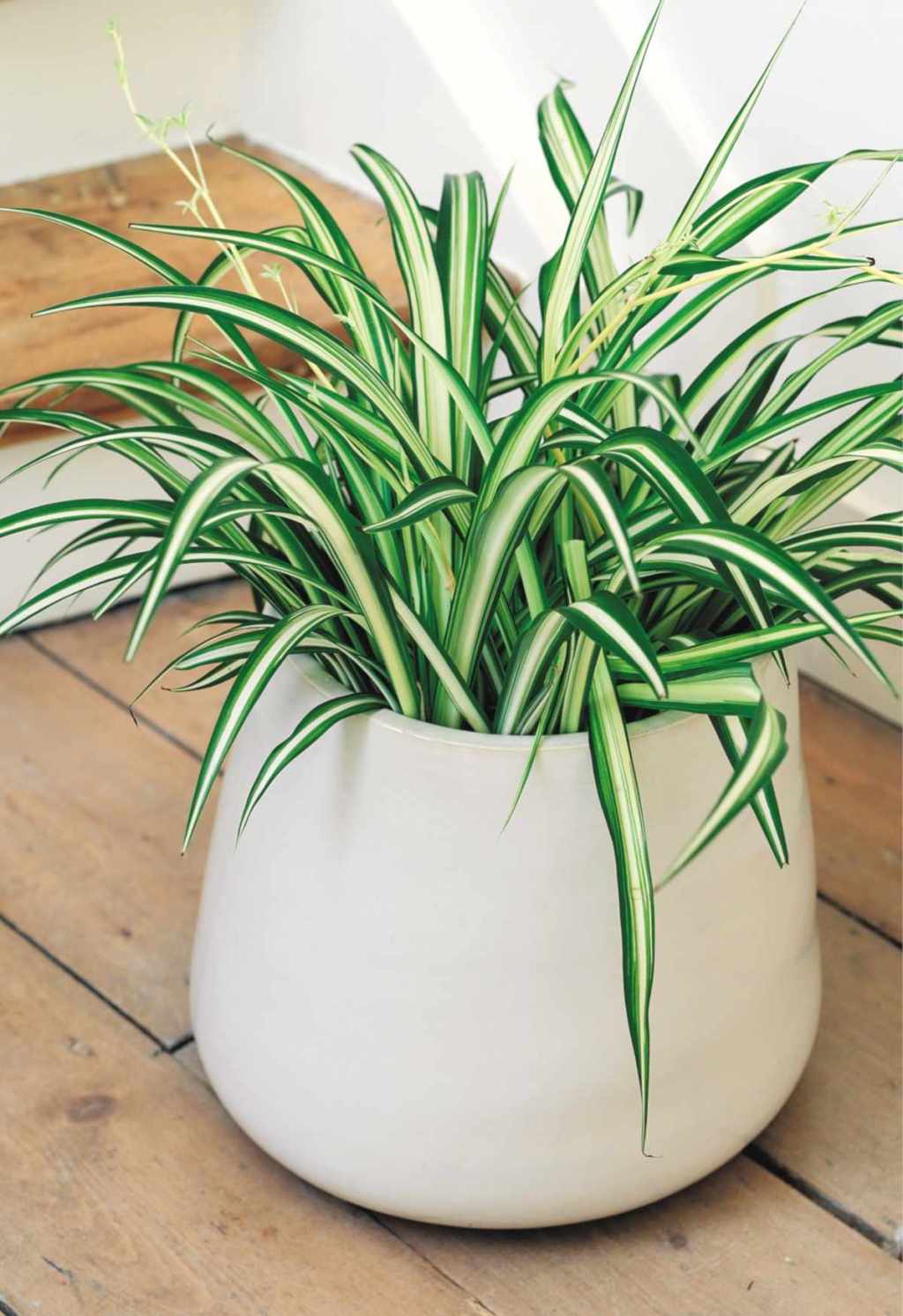RIBBON FLOWER CARE
Ribbon flower (Chlorophytum comosum) is among the plants loved by many people because of its appearance and easy care. Ribbon flower maintenance is effortless. It easily adapts to its environment. It is suitable for indoor and outdoor. Outdoor maintenance can be done especially in temperate climates. It can withstand thirst for a long time. It is a plant that loves bright environments. He wants to receive the light indirectly, not directly. He likes to receive filtered daylight, that is, backlight of tulle. It does not like to be exposed to air flow, draft and breeze in its environment. Again, it should not be exposed to sources such as heater, air conditioner, stove. Care should be provided at a point away from these sources. It does not like maintenance in very cold and very hot environments. It does not like to touch any object. For this reason, it is useful to position it in a place where it can develop comfortably.
REPRODUCING THE RIBBON FLOWER
It is very easy to reproduce the ribbon flower. You can separate and reproduce the tubers formed in either the bottom shoots or the arms. You can cut the tubers on the arms with a sterilized flat-tipped cutter and leave them to root in water. Ribbon flower is an easy-growing plant. It reproduces in a short time. Since it is very easy to reproduce, you can have several ribbon flowers in a year.
RIBBON FLOWER VARIETIES
Ribbon flower is one of the plants belonging to the Agavaceae family. Its homeland is tropical and subtropical regions of Africa and Asia. Chlorophytum genus has 220 genera. The most important species in growing ornamental plants are C. comosum and C. capense. Other known species are C. tuberosum and C. borivilianum. C.comosum’s leaves have shades of green and white. C. capanse leaves are green, flowers are off-white or cream colored. C. tuberosum leaves are long and green in color. C. borivilianum is eaten as a leafy green vegetable in some parts of India. It has leaves resembling a spear. It is called by this name because each of its leaves looks like a ribbon.
HOW SHOULD BE IRRIGATION?
Irrigation should be done by controlling soil moisture. More frequent irrigation is required in summer. Irrigation should be reduced in winter. Irrigation should be done equally all over the soil. Water should be given rested at room temperature. Care should be taken to ensure that the watering container is the same. Since it has tubers, it has the ability to store water for a long time. Therefore, it can withstand thirst for a long time.
DOES THE RIBBON FLOWER FLOW FLOWERS?
If the ribbon flower loves where it is, its white flowers bloom. C. capanse, one of the ribbon flower varieties, blooms. Its leaves are green and flowers are off-white or cream-colored. Ribbon flower (Chlorophytum comosum)
RIBBON FLOWER LEAF DARKENING
* When the ribbon flower receives less light, it cannot be fed enough and the leaves become black or withering. You should place it in a brighter place. Also, the ribbon flower does not like to touch any other object. Drying may occur on the leaves. You must make sure it does not come into contact with an object.
HOW SHOULD THE RIBBON FLOWER BEACH?
As the plant develops, it should be transferred to a one degree large pot. When the roots of the ribbon flower reach a certain height, you can plant them in the pot with the appropriate soil.
HOW TO CHOOSE SOIL?
It likes humus and fibrous soil. It develops healthier in permeable, filtered, granular, organic soils that do not retain water. The soil can be changed or supplemented every year, and the soil can be supported with appropriate nutrients and vitamins. The ribbon flower is one of the plants that cleans the air. It increases the amount of oxygen in its environment. It has the feature of absorbing air pollutants. It absorbs carbon monoxide in the air within 24 hours. It cleans the dirty air in smoking environments.





